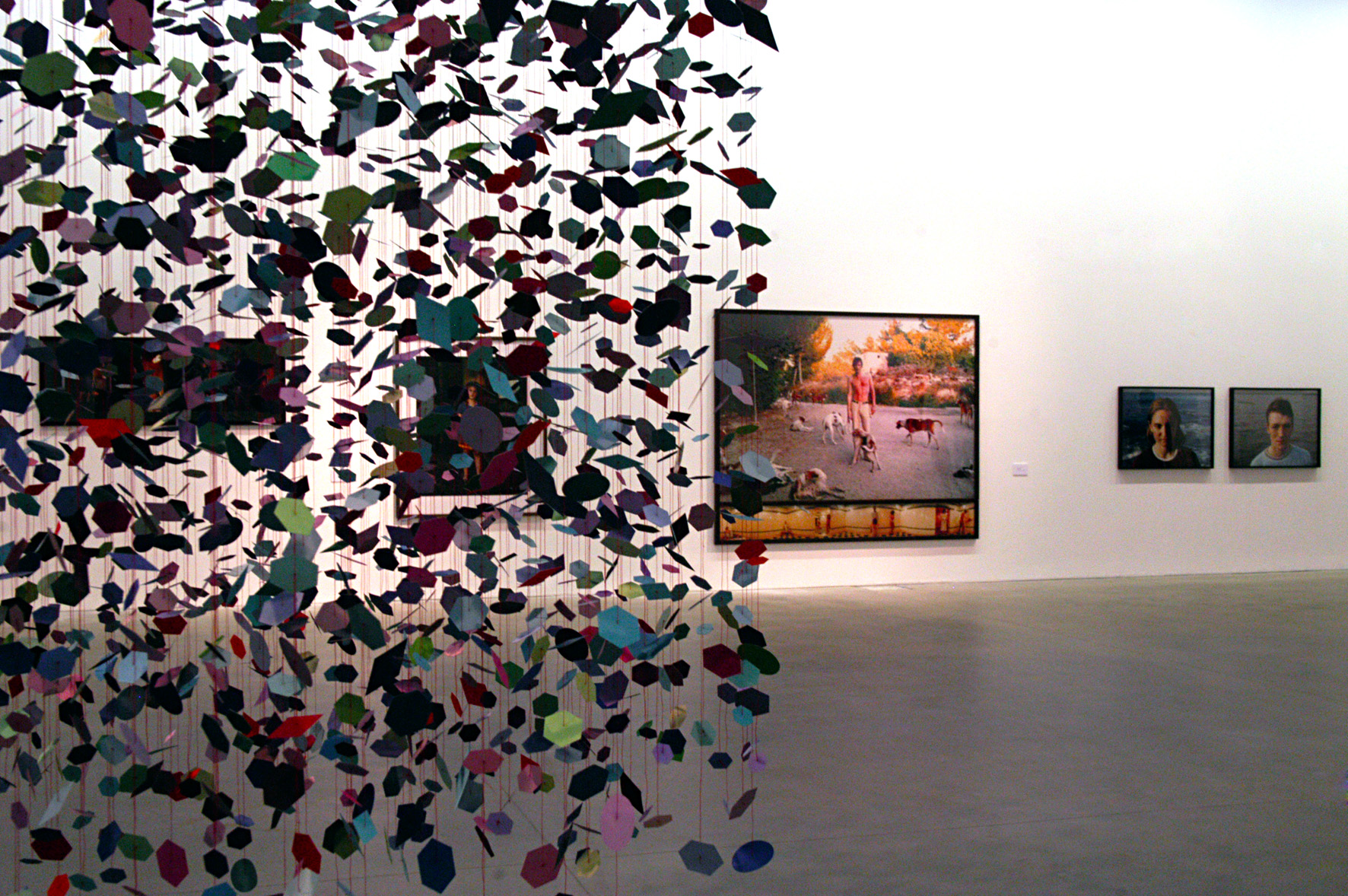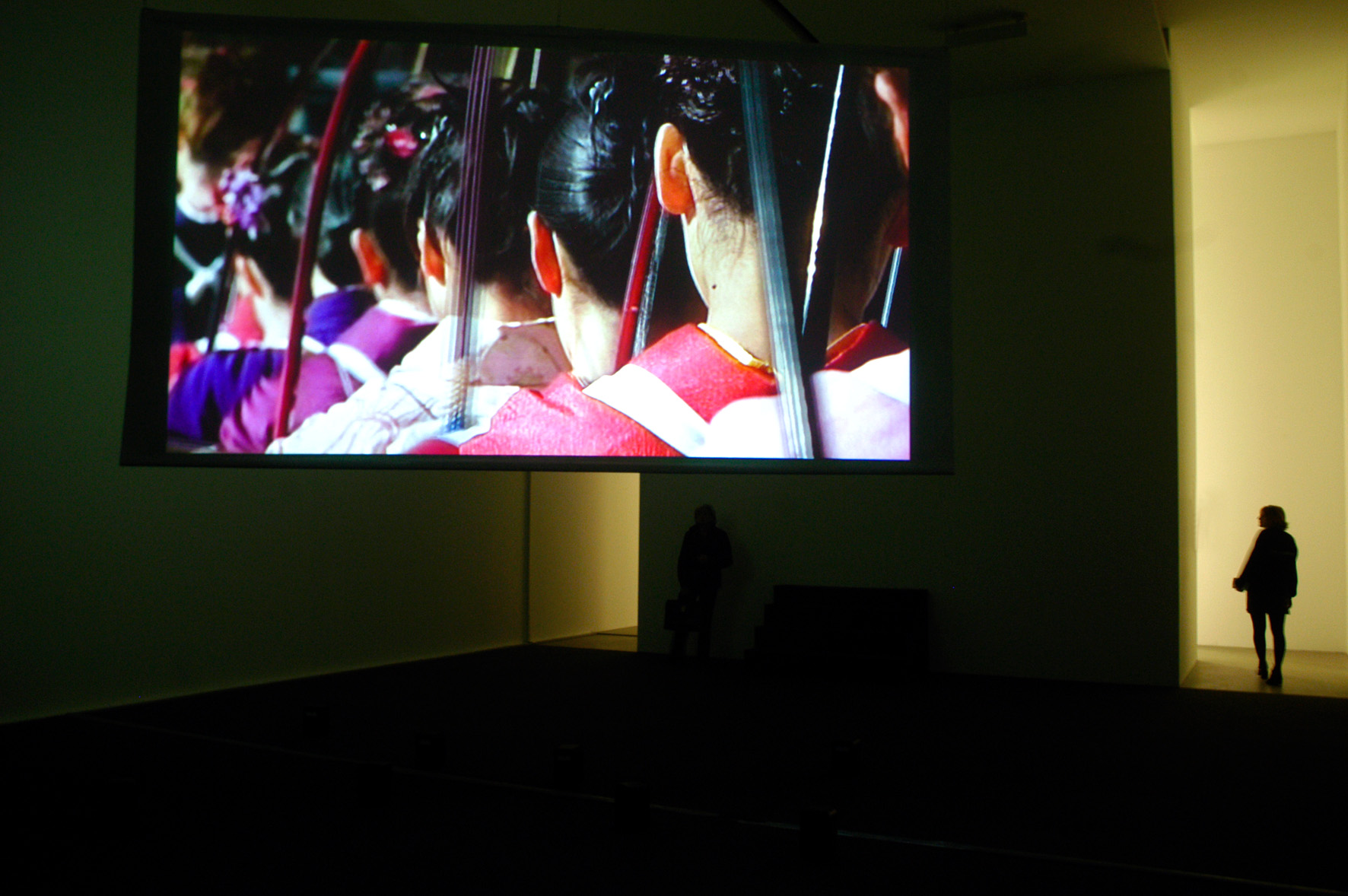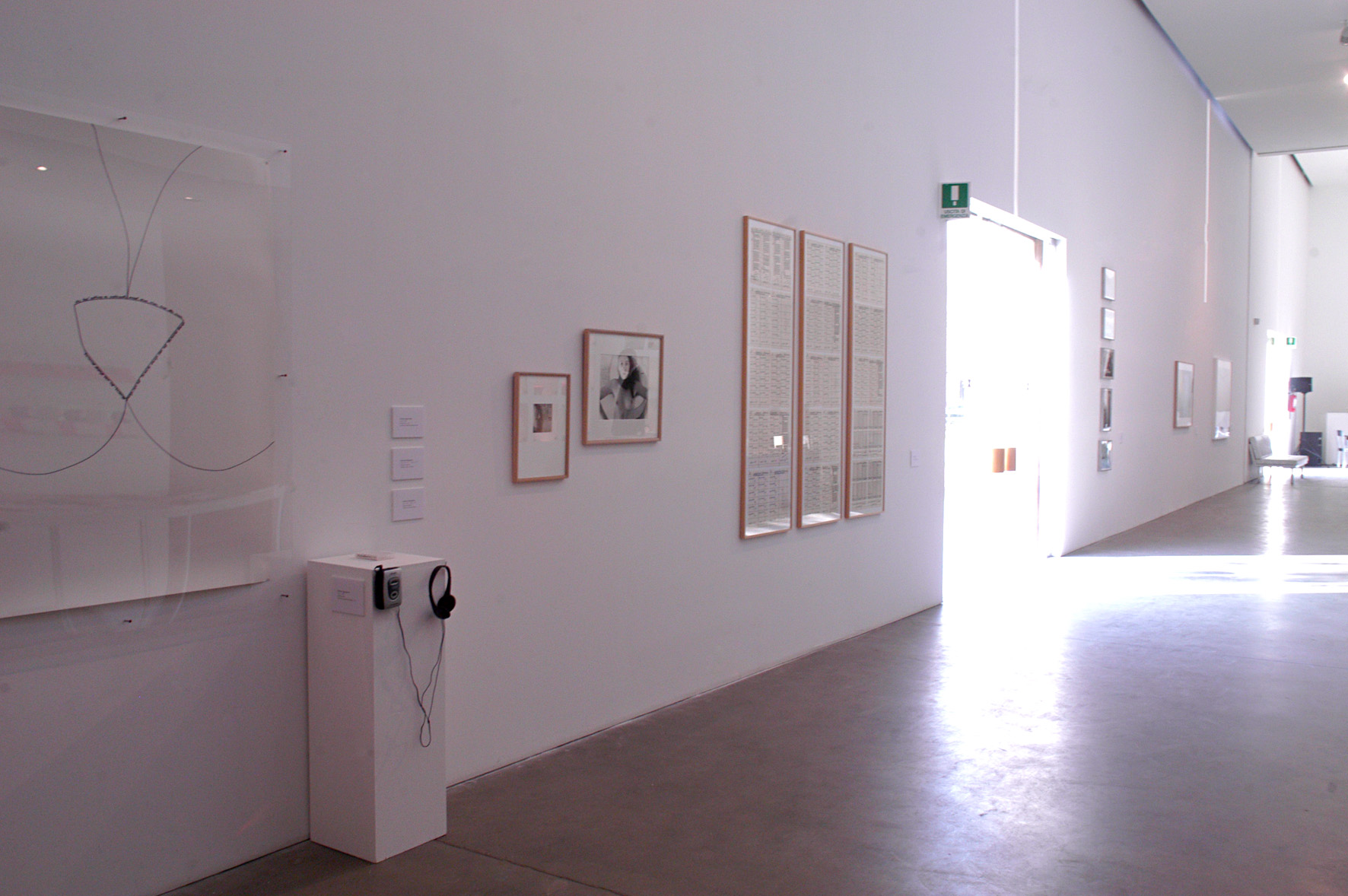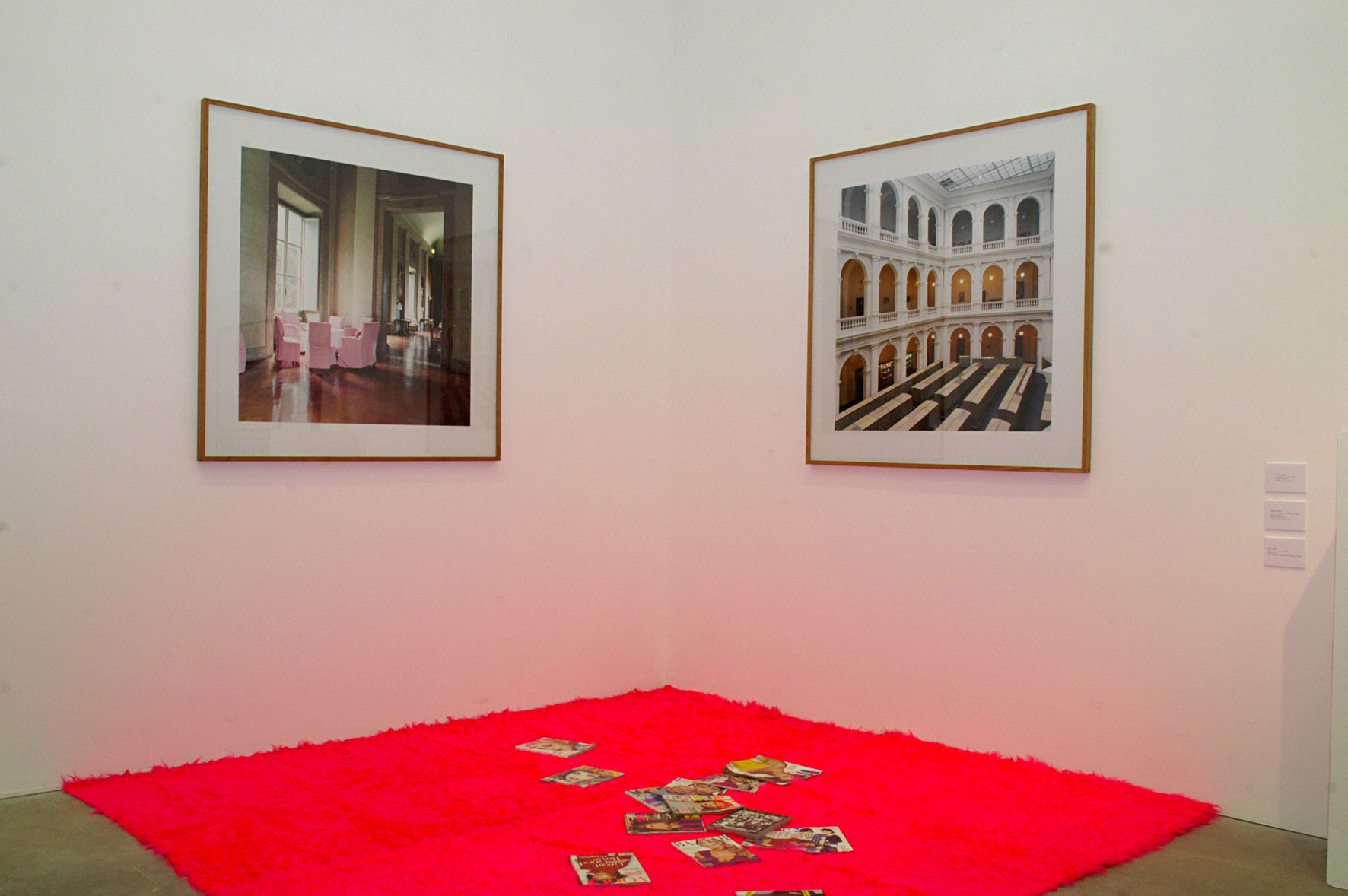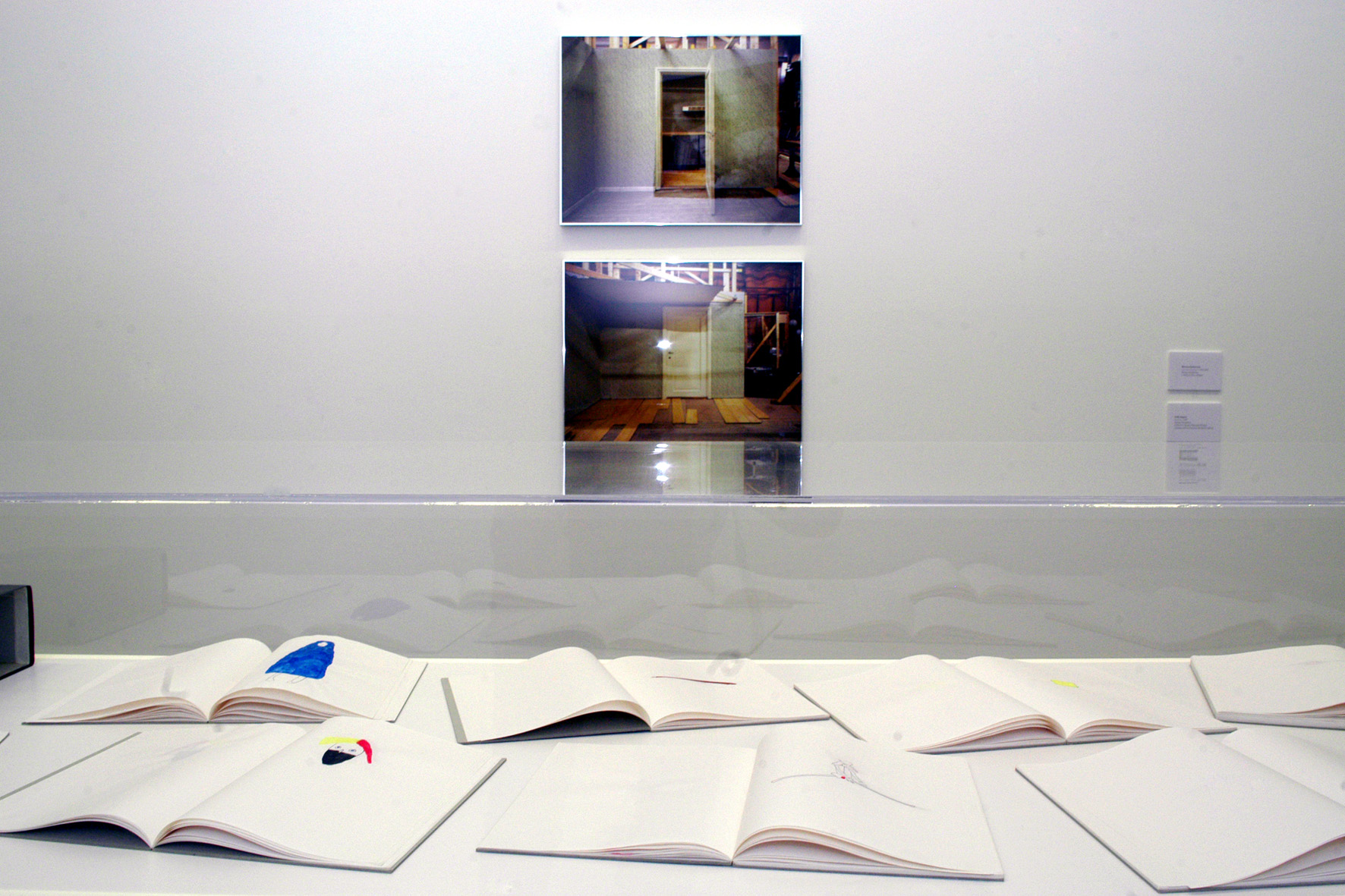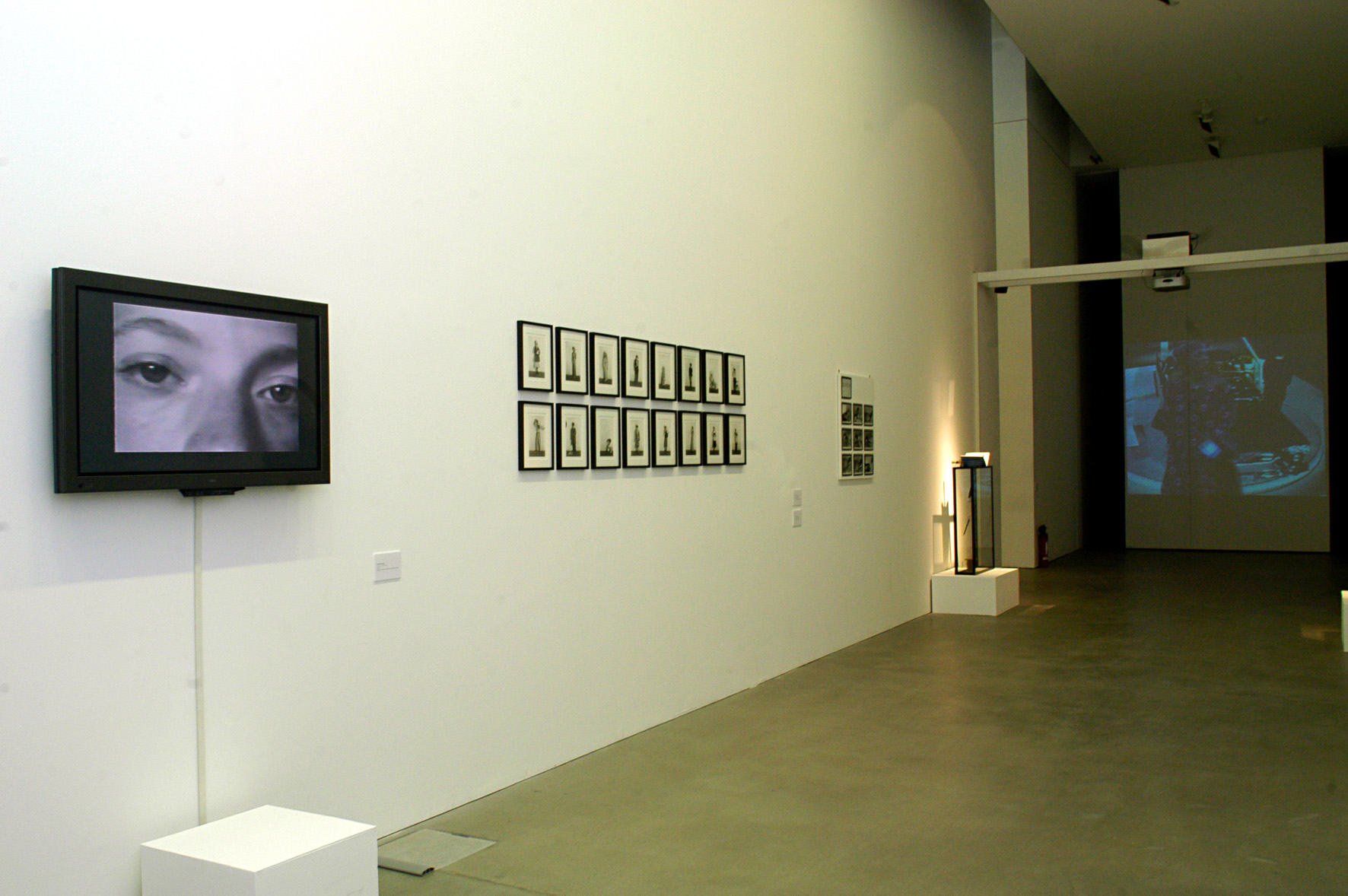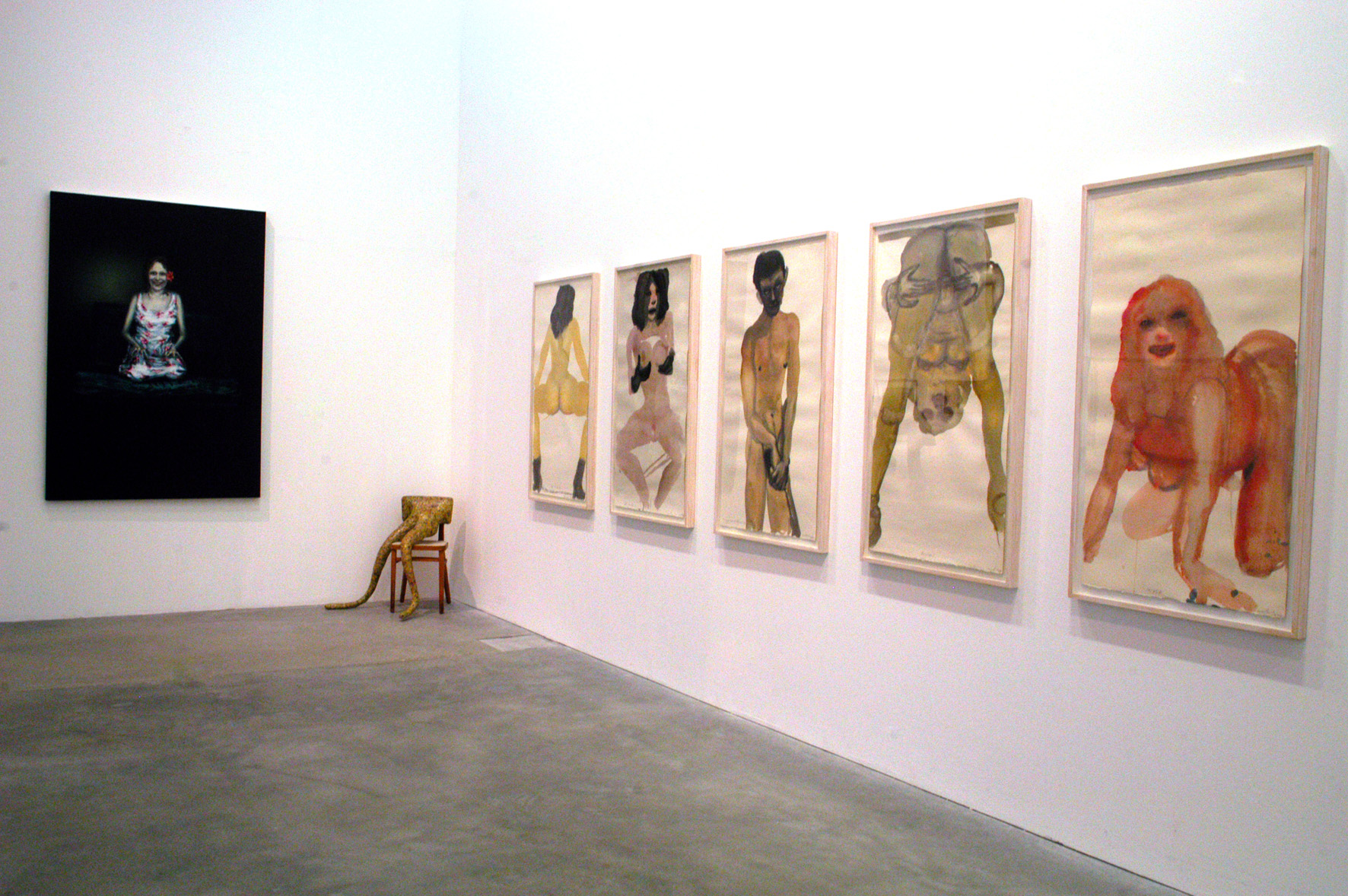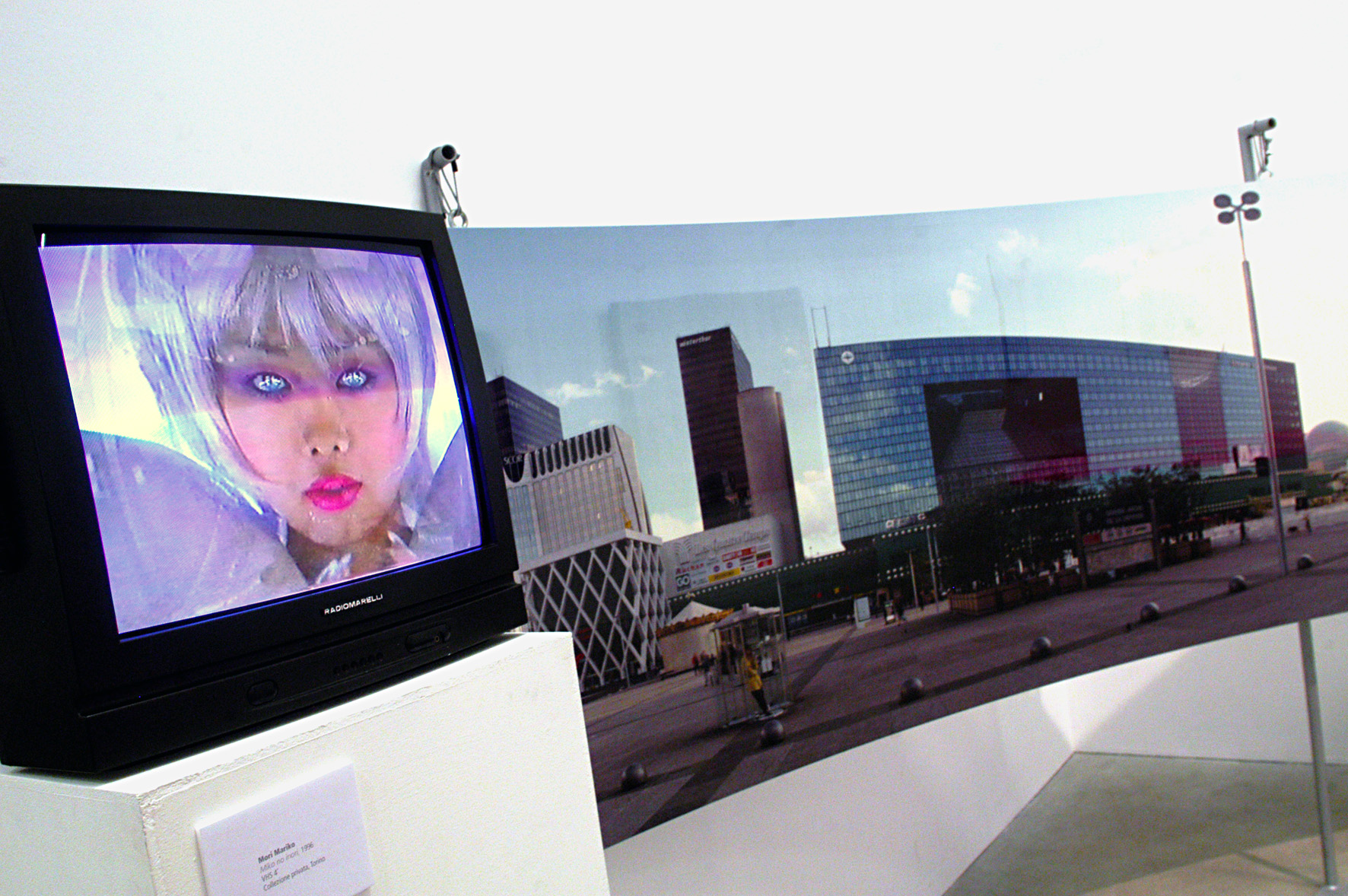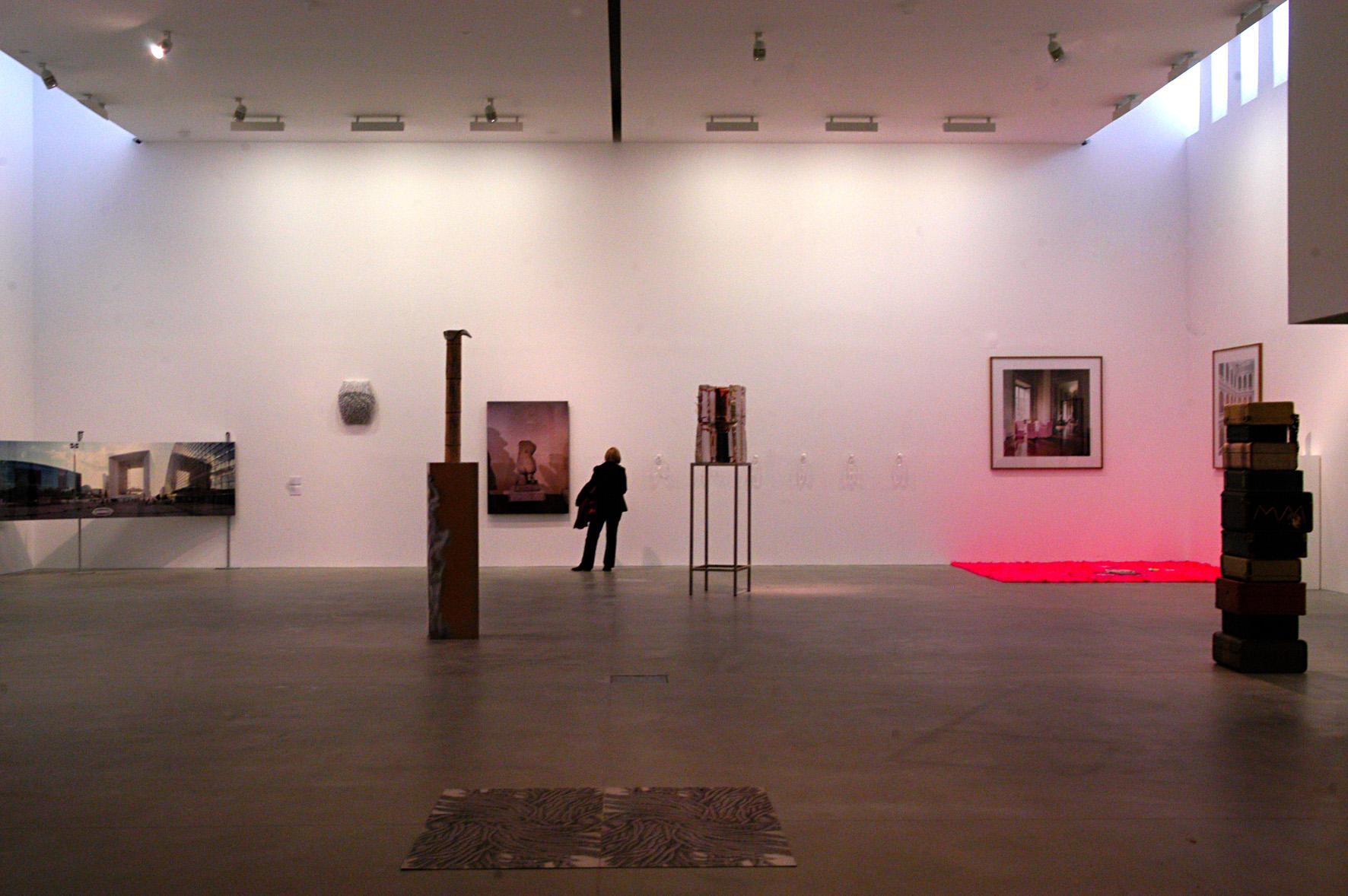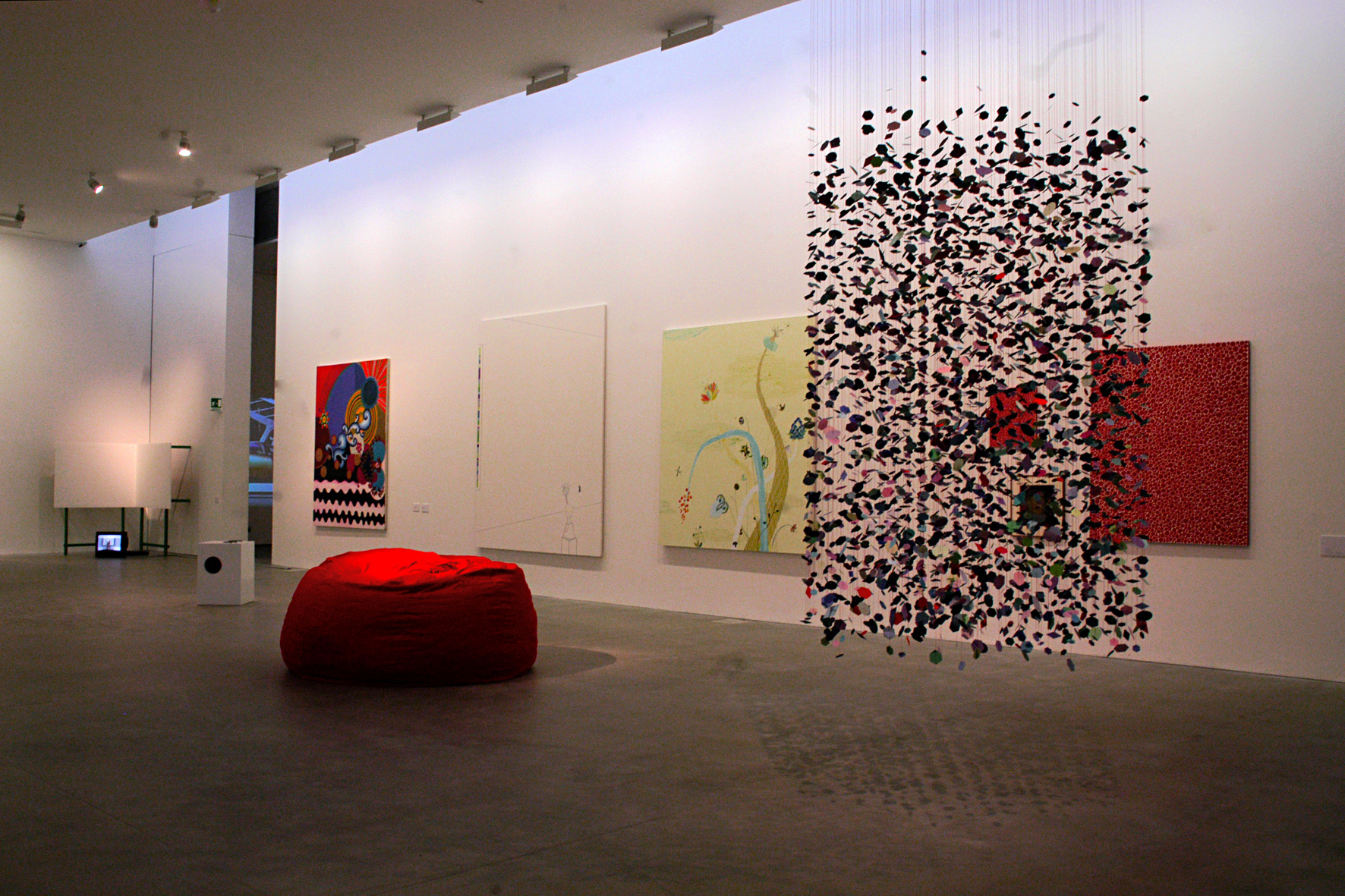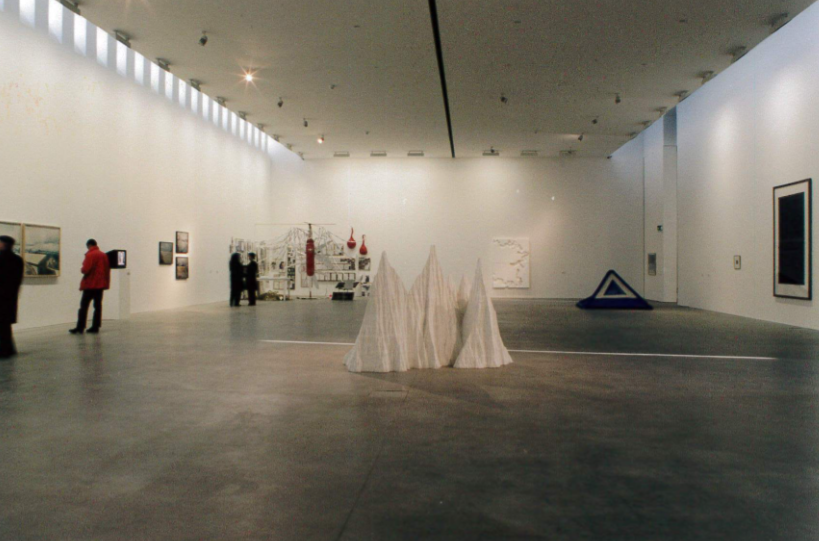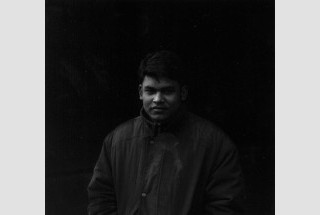Artists: Marina Abramovic, Eija-Liisa Athila, Emanuelle Antille, Miriam Backstrom, Jo Baer, Marina Charnet Ballo, Vanessa Beecroft, Elisabetta Benassi, Sadie Benning, Lina Bertucci, Monica Bonvicini, Angela Bullock, Sophie Calle, Hanne Darboven, Tacita Dean, Marlene Dumas, Sylvie Fleury, Ceal Floyer, Dara Friedman, Stefania Galegati, Vidya Gastaldon, Isa Genzken, Mona Hatoum, Eva Hesse, Candida Höfer, Jenny Holzer, Rebecca Horn, Roni Horn, Karen Kilimnik, Barbara Kruger, Yayoi Kusama, Ketty La Rocca, Luisa Lambri, Annika Larsson, Louise Lawler, Sherrie Levine, Zoe Leonard, Sharon Lockart, Sarah Lucas, Lucy Mc Kenzie, Margherita Manzelli, Eva Marisaldi, Marisa Merz, Beatriz Milhazes, Mariko Mori, Shirin Neshat, Kelly Nipper, Kristine Oppenheim, Catherine Opie, Laura Owens, Gina Pane, Elizabeth Peyton, Paola Pivi, Eva Rothschild, Yeheudit Sasportas, Cindy Sherman, Fiona Tan, Sam Taylor-Wood, Grazia Toderi, Rosmarie Trockel, Fatimah Tuggar, Janssen Cuny, Lily Van Der Stokker, Inez Van Lamsweerde, Kara Walker, Pae White, Sue Williams, Francesca Woodman
Fondazione Sandretto Re Rebaudengo began the year dedicated to women on November 6, with the opening of Lei. Donne nelle Collezioni Italiane, an exhibition running until the 8th of February, 2004, featuring 130 works by seventy international female artists appearing in major Italian contemporary art collections, among them the collections of Alpigiani, Averoldi, Baldassarre, Colombo, Consolandi, Corvi Mora, Danieli, Dematteis, De Stefani, Finzi, Gianaria, Golinelli, Malverdi, Lauro, Levi, Morra Greco, Novarese, Palmigiano, Pero, Prada, Rappa, Remotti, Righi, Sandretto Re Rebaudengo, Setari, Sozzani, Testa and Zanasi.
In bringing together significant works of art history in a female perspective, the exhibition takes stock of the development of international production from the 1970s to today, presenting works created with different media: painting, sculpture, video, installation, drawing, photography.
"Women artists undoubtedly represent a substantial presence on the contemporary art scene", explains Patrizia Sandretto Re Rebaudengo, President of Fondazione Sandretto Re Rebaudengo, “The large number of female artists included in the most important Italian collections shows how issues related to gender difference can now be regarded as a chapter of history. Yet everything that today's female artists regard as self-evident and indisputable is the result of a long journey towards acknowledgement, which started in the 1970s from the demand of rights and today has reached the stage of recognized equality”.
The exhibition surveys and examines the work of female protagonists since the 70s and 80s, and raises questions about what they have achieved in the last thirty years, providing international examples, from the experience of Rosmarie Trockel and Marina Abramovic, to the prints of Cindy Sherman, the photographs of Luise Lawler and the drawings of Sherrie Levine. The themes chosen by the exhibited artists range from the representation of sexuality and femininity, the intimate sphere and everyday life, to the moral and social reading of today's reality.
What emerges then are the differences within the female art sphere in relation to the social context: today, the urge that drove women to express themselves and their femininity in a strongly political tone, is coupled with a subjective, innovative vision. Examples of this are the works of Eija Liisa Athila, Isa Genzken, Candida Höfer, Roni Horn, Beatriz Milhazes, Mariko Mori, and Laura Owens.
In Italy, after the silence of the 80s, the situation in the following decade become more complex, providing a true-to-life portrait of our time: from the hypnotic videos of Grazia Toderi, to the inward-looking painting of Margherita Manzelli, from the enigmatic installations of Eva Marisaldi to the unpredictable works of Paola Pivi and Monica Bonvicini, or the photographic research of Luisa Lambri and Stefania Galegati.
Finally, one remarkable fact that deserves mentioning is that, based on the study and research that was carried out on the main contemporary art collections in Italy, a higher number of women artists is found in the body of works of female collectors.
